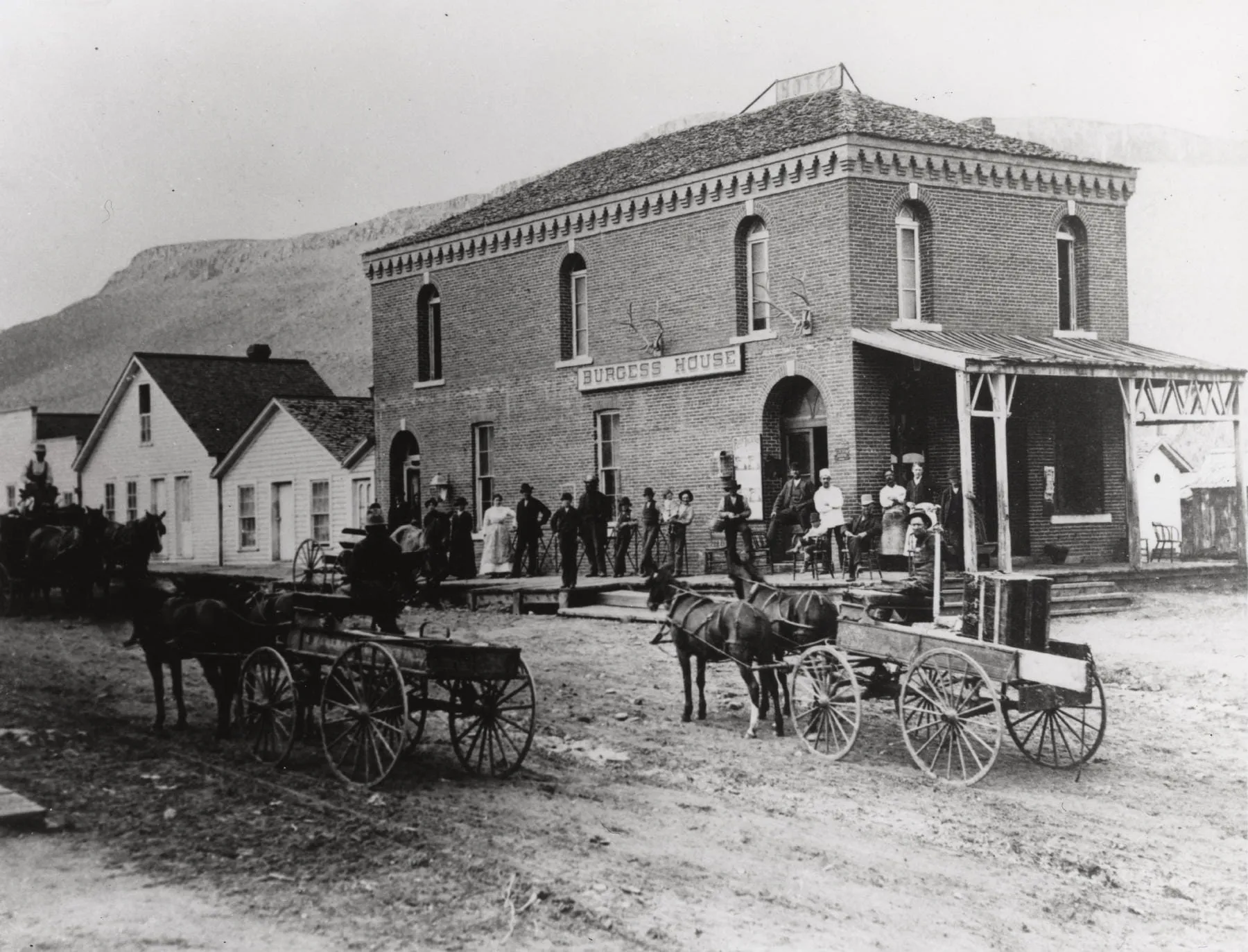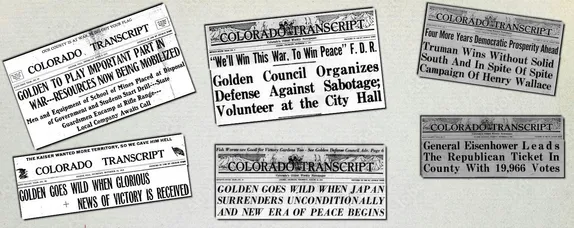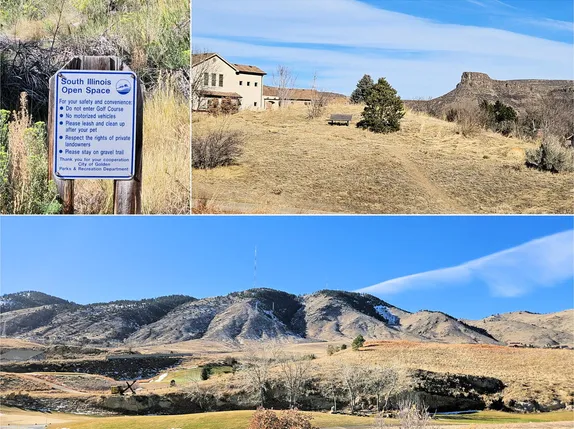When Golden was new, we surveyed streets but didn’t have much of a tax base to define or improve them in any way. Such maintenance as was done (such as filling exceptionally large holes) was often done as a judicial fine: break a law and you might be sentenced to 30 days of road work.
Grading was a difficult and expensive process, requiring teams of draft horses, so roads often went around obstacles (such as a mountain, a tree, or a boulder) rather than blasting through in a straight line; thus, early roads tended to be crooked affairs, zig-zagging as necessary.
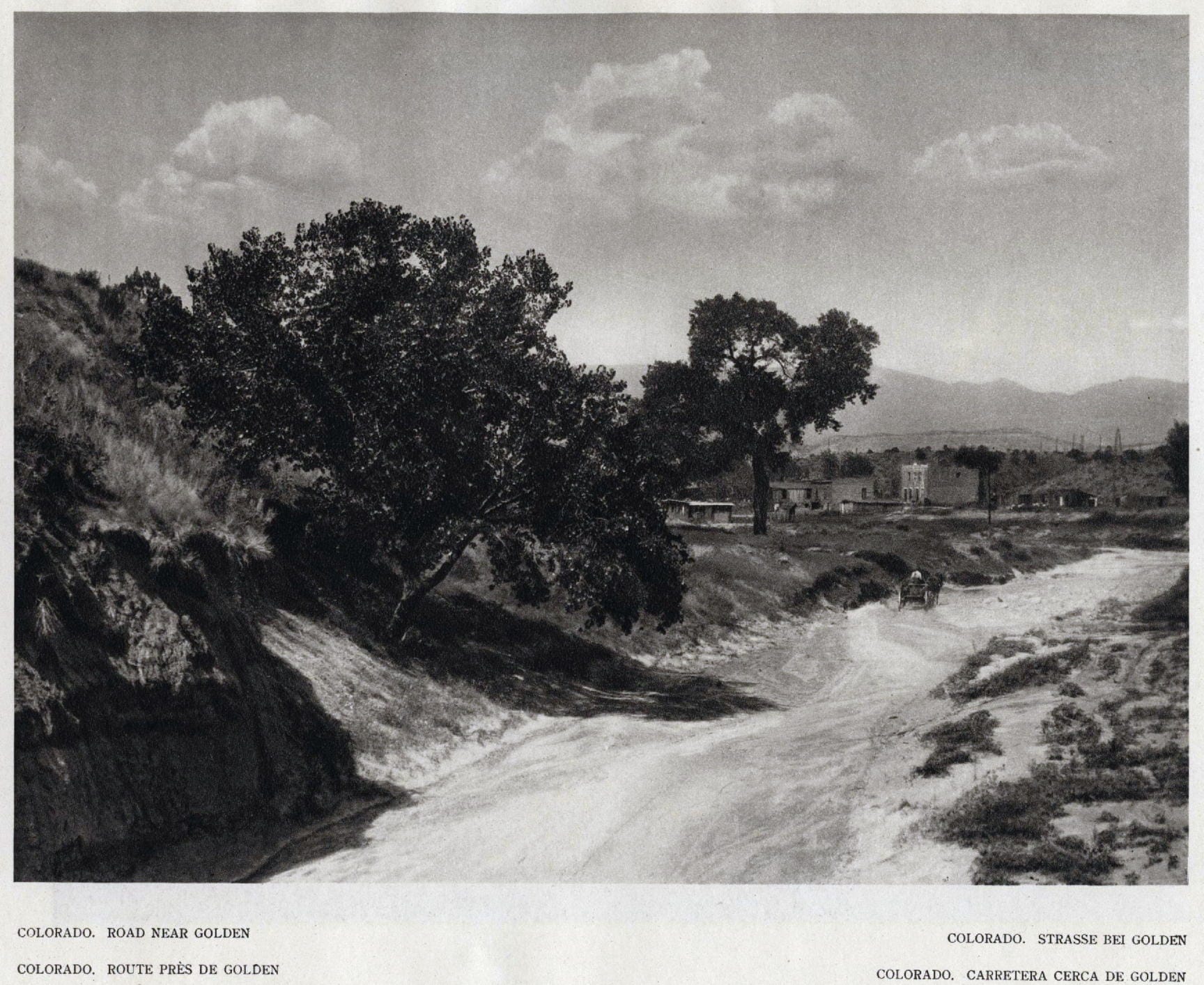
As automobiles came into use, better roads became more important. Business owners and boosters saw roads as increasingly important to the movement of people and goods, but there still was no real tax base dedicated to paying for roads. The April 16, 1908 Colorado Transcript featured an article titled “Boosters Plan Campaign to Improve Highways,” which said “…residents in the eastern part of the county are manifesting great interest in the improvement of the highways, many having offered to contribute $100 each in cash and 100 days of work with teams to grade the Middle road.” The same article said that John Brisben Walker, who was building a resort near Morrison, was offering to contribute 10% of the total cost of improving the South Golden and Morrison Roads.
Building roads by subscription was not a good solution, as people soon learned that road-building was an endlessly expensive proposition. With cost so high and funding sources so scare, roads were built as cheaply as possible.
107 Years Ago
An article in the July 19, 1917 Colorado Transcript brought to light an interesting fact. A car was wrecked and two people injured just east of Golden on 44th St. The driver of the car, seeing oncoming headlights, pulled aside to let the other car pass. Unfortunately, the tall grass at the side of the road disguised the fact that the road dropped off into a steep hill. The car rolled and the occupants had to be pulled out from beneath the vehicle. Here’s what I found interesting about that story: in 1917, 44th Street was only wide enough for one vehicle.
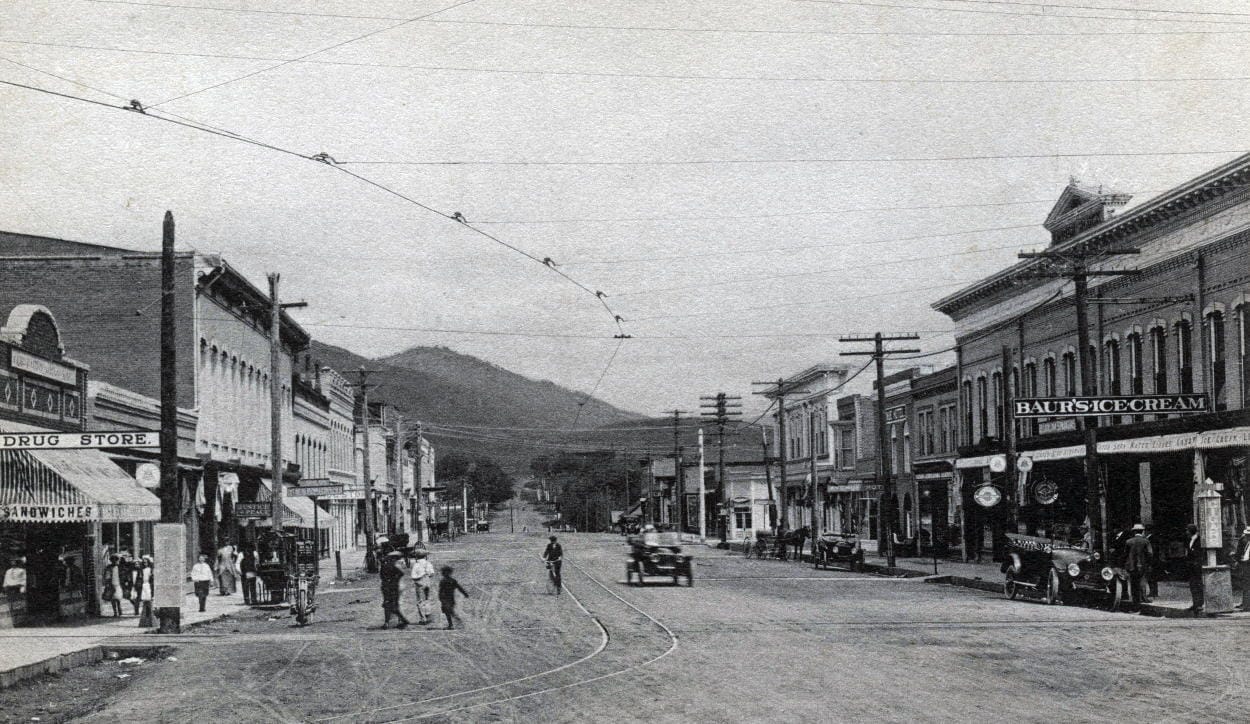
By the 1920s, the desire for roads far outstripped the available revenue. Colorado voters approved a bond issue in 1921, but that was quickly absorbed. A 1926 article reported that the highway department would be out of funding by the end of the year. The Highway Commission pushed for higher gasoline and license plate taxes, so that those using the roads most would pay more of the cost of building them.
During the Depression, some federal funding became available for road-building. WPA funds were intended to provide employment, and the workers were chosen based on need (men with dependents given top priority), so just as in pioneer times, the men building the roads were available, rather than skilled.
The Federal government became increasingly involved in funding roads as time went by–particularly after World War II. One good thing that resulted from Federal involvement was higher standards. When the Feds provided funding they required certain things, such as level grades, straight routes, gravel to a certain depth, etc. Over time, the nation’s roadways became both more driveable and more resilient.
Thanks to the Golden History Museum for funding the online collection of historic newspapers, and thanks to the Golden Transcript for documenting our history since 1866!

